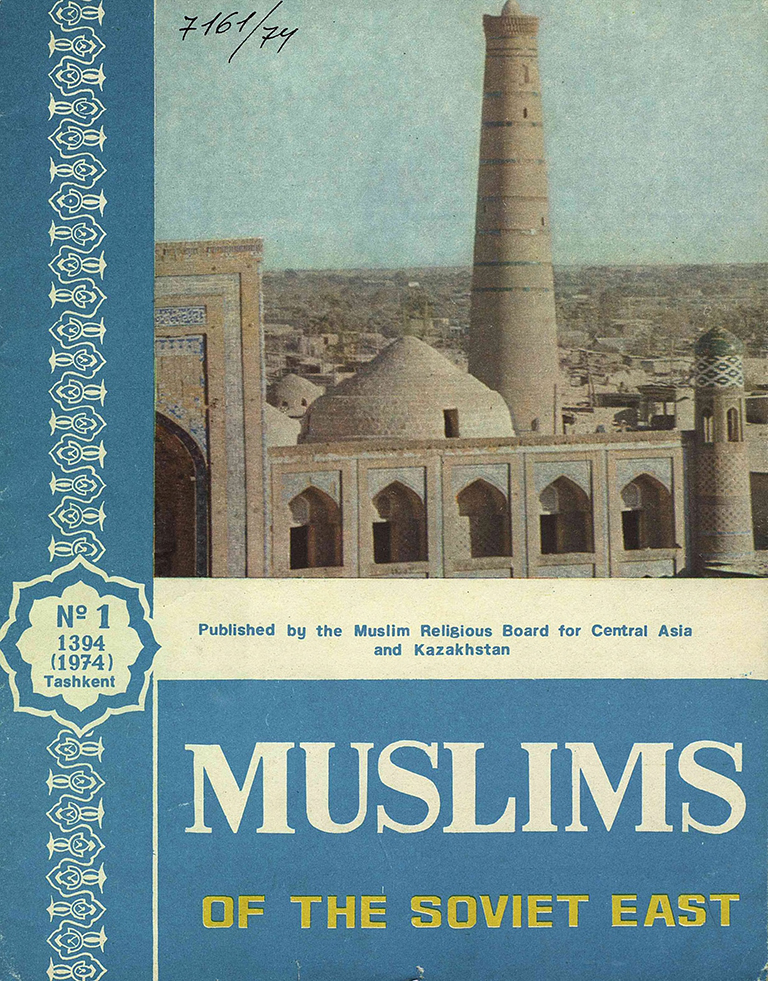Muslims of the Soviet East Digital Archive
Soviet propaganda journal on the role of Muslims in the cultural and political life of the USSR
Established in 1968 by the Muslim Religious Board for Central Asia and Kazakhstan, Muslims of the Soviet East was the only Islamic periodical carrying the official seal of approval of the Soviet government. Published originally in Uzbek, the journal expanded its linguistic base in the following years, adding Arabic (1969), French and English (1974), Farsi (1980), and Dari (1984). A Russian version would come along surprisingly late, only in 1990, one year before its closure. East View offers the English edition only.
As with many foreign language publications in the Soviet Union, the target audience of the journal was not its citizens but readers abroad. Consequently, the original Uzbek language edition was exclusively in the traditional Arabic script known as the Yana Imla, a disappearing writing form in Soviet Central Asia, but in use in Uzbek communities in places like Afghanistan. If the publication of the journal in Arabic, Farsi, and Dari was meant to familiarize readers in those countries with the life of their coreligionists in the Soviet Union, the introduction of the journal in “Western” languages served an additional propaganda purpose, i.e., to counter the notion prevalent in the West that the USSR was thoroughly and intractably anti-religious.
Consisting of multiple sections, Muslims of the Soviet East contains a mix of sermons exhorting Islamic piety from notable Central Asian clerics, discussions of regional Islamic history, and the role of Soviet Muslims in the cultural and political life of the USSR.
